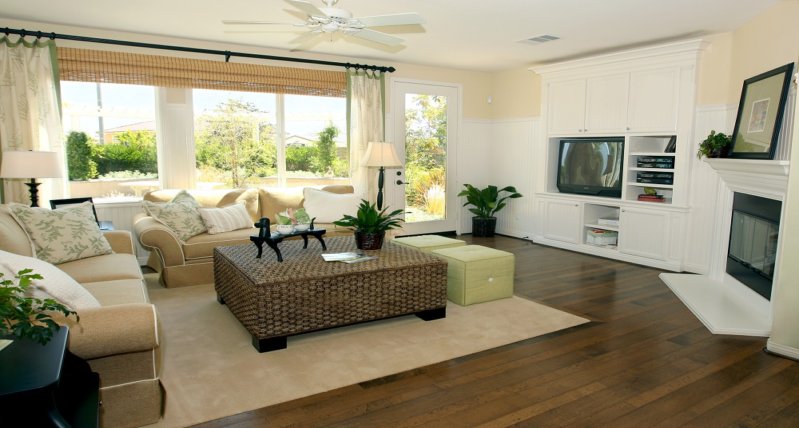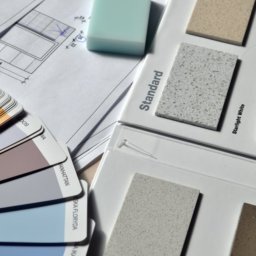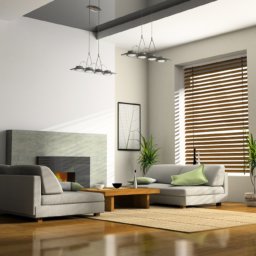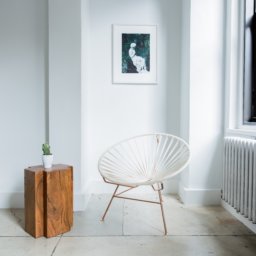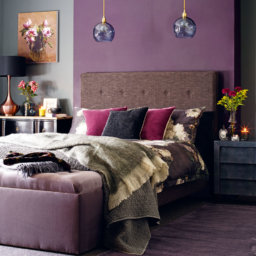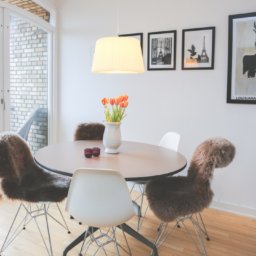In most cases, the job of an interior designer is to create something fresh and unique by moving away from standard choices of colours and texture and building an environment that defies the rules but still functions well.
For this reason, interior designers often collaborate with architects to give the best possible definition to space and come up with a design that exemplifies the spirit and essence of the idea. In this process, they will resort to using all kinds of design tricks trying to find what works best – pairing materials and objects that typically don’t work together, commissioning custom-made pieces and taking incentive from a design on a different scale such as commercial design.
Commercial design can be tricky as the space has to be both cost-effective and efficient and still provide inspiration. Also, when design homes, you can be very specific and taste-driven whereas, in commercial spaces, you need to think in terms of flow, versatility, functionality and change – these spaces need to adapt to and reflect current trends and tastes of employees, visitors and consumers.
These are the main aspects to bear in mind when thinking about residential and commercial interior design.
In both residential and commercial spaces, colors and textures play an important part in the overall design. The ongoing trend is to go with deeper tones that reflect the inherent beauty of nature such as cool greys and charcoals tinged with vibrant greens and paired with stone, ivory and taupe for balance and harmony. Interior designers also recommend introducing a few splashes of color, even in commercial spaces, so the rooms don’t appear too cold and reserved.
When it comes to geometric patterns, homes have already made use of small-scale designs but commercial spaces are finally embracing these as well but on a more dramatic scale. Striking and unique patterns become true art statements that leave a lasting impression in a working environment and can also be a source of inspiration.
Colors and patterns are also successfully introduced in the floor choices and coverings. Even though it’s more typical to see carpets and rugs in residential than in large commercial spaces, the range of rugs is constantly evolving and upgrading so regardless of the space, style and fabric, you can easily find something that will best compliment your space.
Another important consideration for interior design is the choice of furniture that needs to be practical, ergonomic but still stunning. In a residential space, this is more limited to areas such a home office or a reading nook, but in commercial space, there’s an evident shift from cost as the primary motivator to comfort and style as it’s become clear that design and comfort overpass form and function. Also, commercial furniture choices now incorporate more durable materials such as metal finishes, wood and tempered glass.
All of the above features combined can produce quirky results but that is the whole point. Designers today are eager to move away from obvious formulaic concepts and are embracing all sorts of unusual ideas and motifs in order to create a unique space so there’s a lot of miss-matched floor tiles and carpet pieces for instance, which might seem bizarre at first but can look amazing if done well.
Just like most residential design is characterized by small spaces, the commercial design is on a constant look-out for dual-purpose solutions. In this case, it’s also a budget consideration while in residential design, it’s about using the space best. Now it’s the residential design that’s offering inspiration for space economy and ingenuity to commercial design showing ways of giving rooms and furniture multi-purpose. Going by what the people behind new bachelor of arts degree in interior design teach, interior design is not merely a discipline that explain to us how to invent and change for better the material side of life, it is also an ideal model telling us how things both great and small are tied together by invisible threads.
Whereas residential design is heading the multipurpose race, it’s the commercial design that’s a true leader in environmentally-friendly, green design which is mostly due to government regulations and increasing pressure to meet social obligations. This is why common ingredients of commercial design of today are green walls, motion lighting, water recycling and photovoltaic window glass. What is more, predictions are that it won’t be long before this environmental niche becomes mainstream in residential design as well. With local rent reports like this demonstrating a slight decrease in rent prices, landlords can also employ smart design solutions to appeal to potential tenants.
Whether you’re thinking in terms of residential or commercial interior design, it’s clear that there are many common traits and that these two design aspects have many touching points. It seems that in future we’ll be seeing a lot of overlapping and even more ingenious solutions that make these spaces not just functional and comfortable, but also unique and inspiring!


